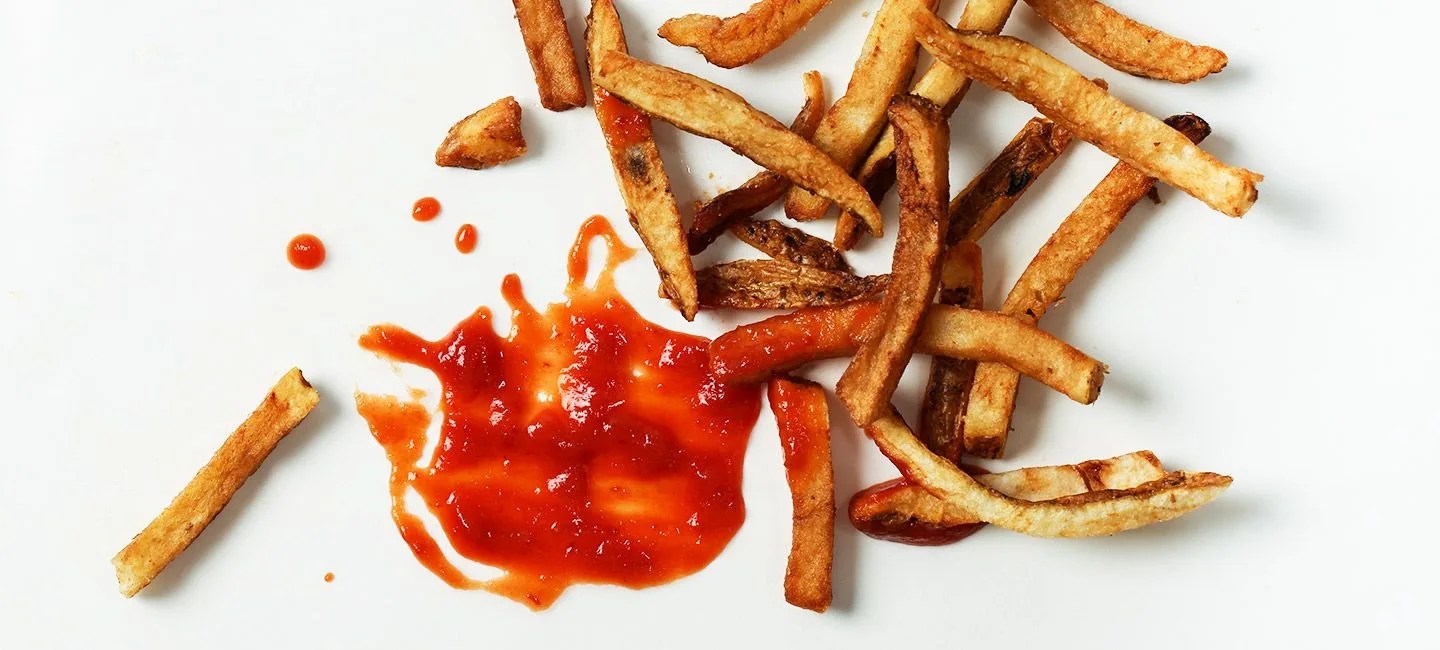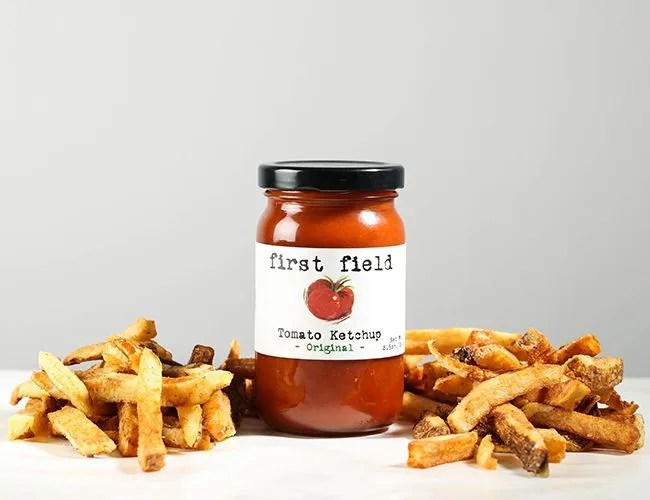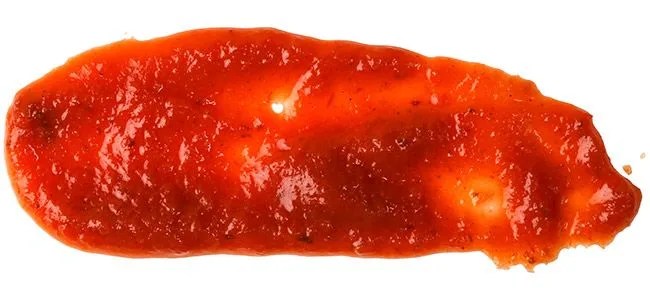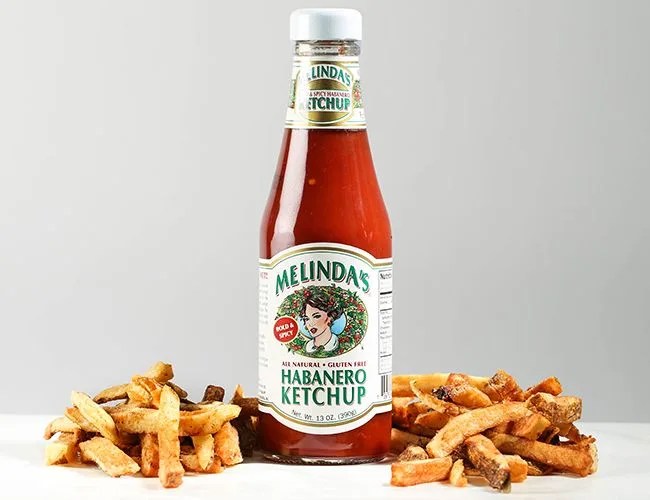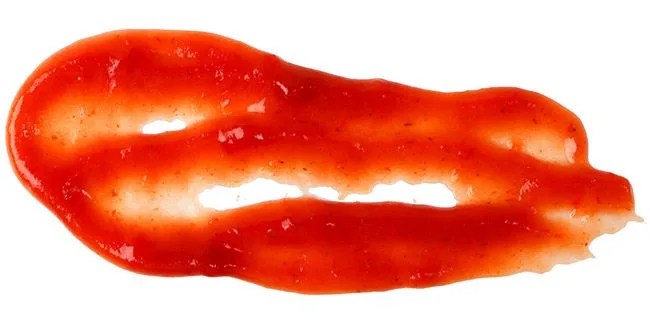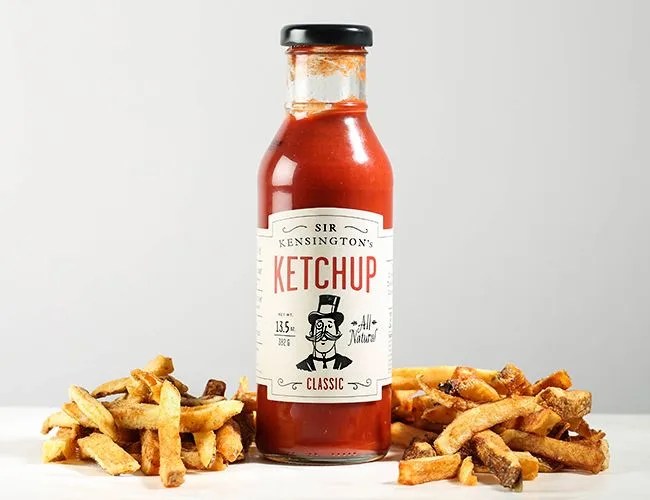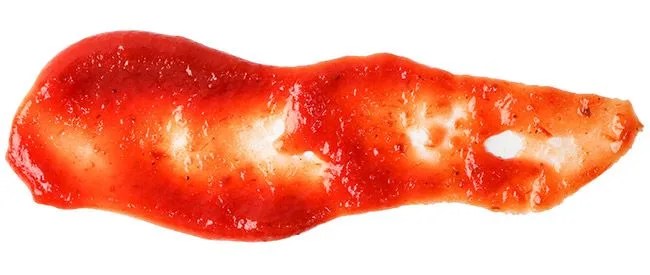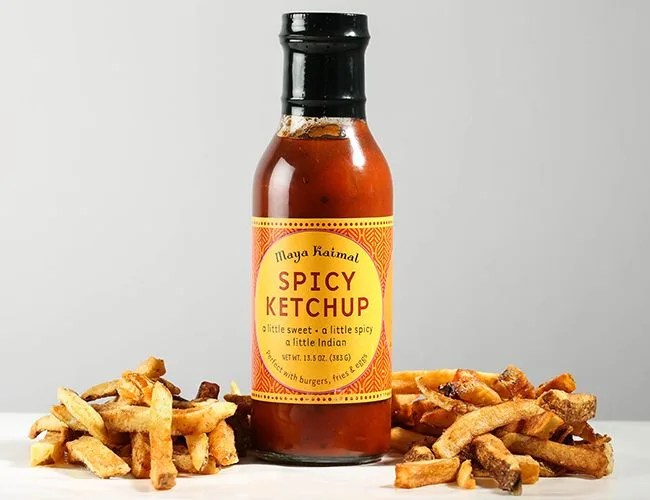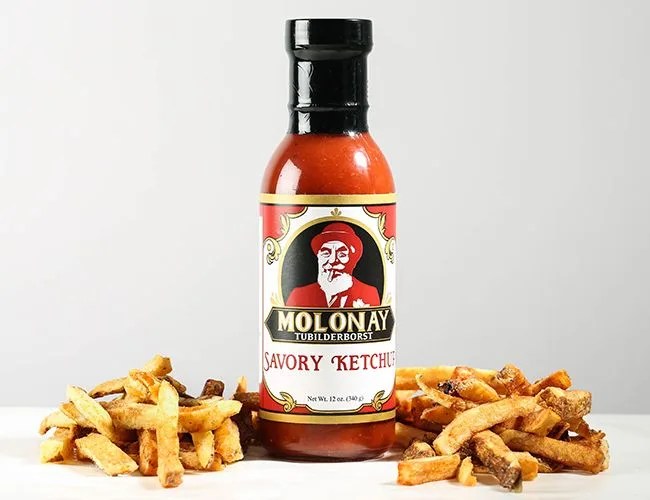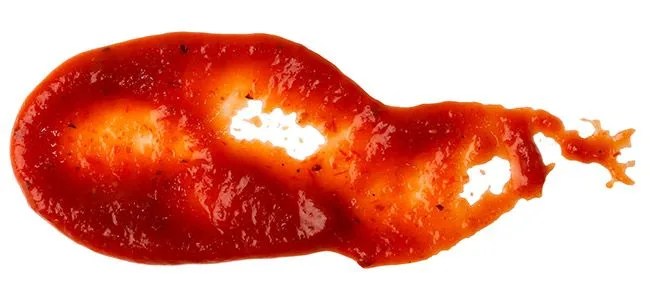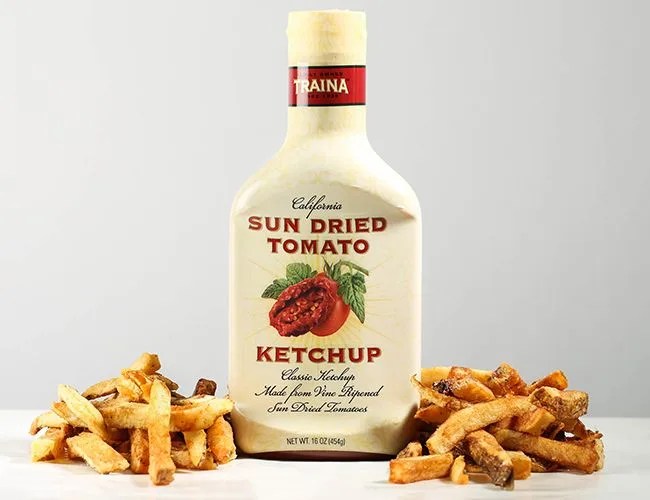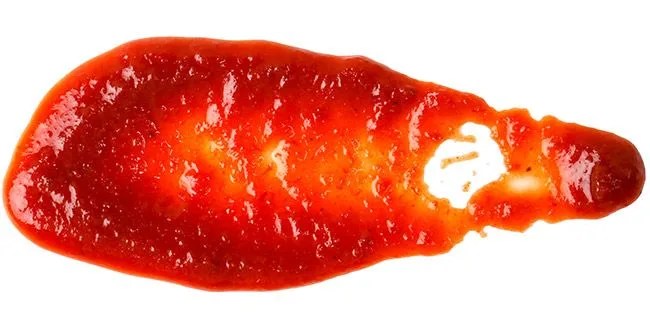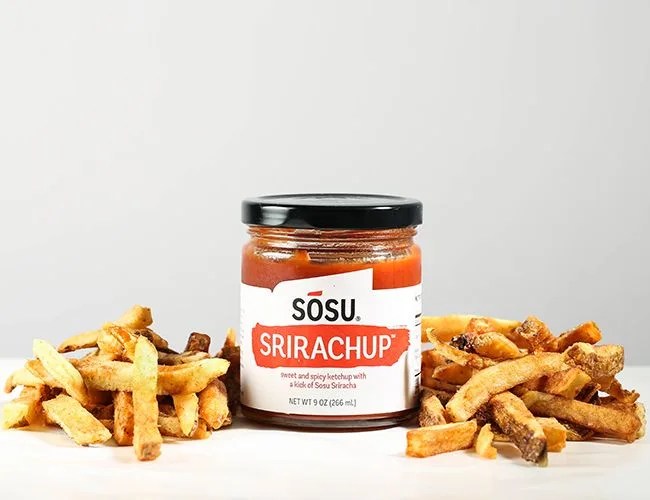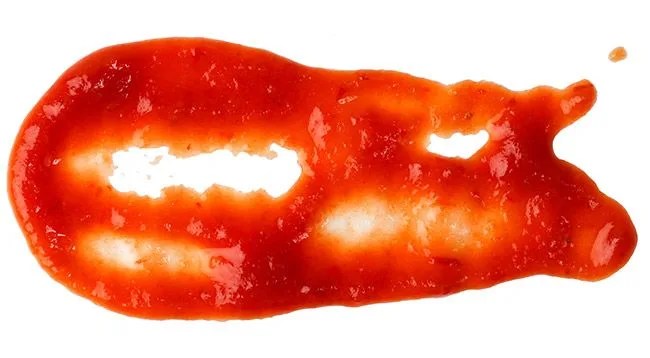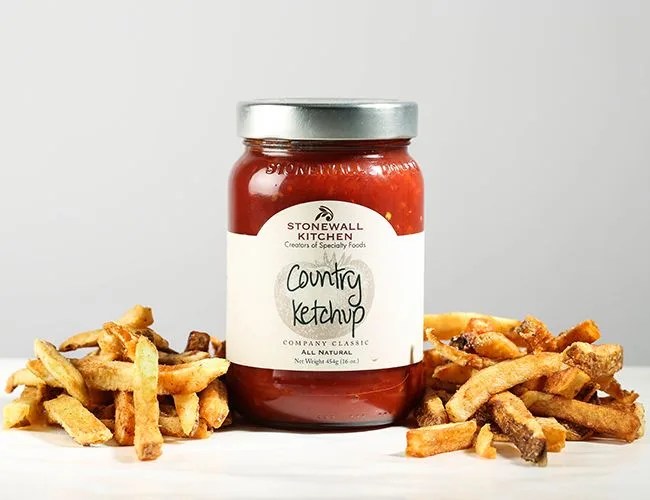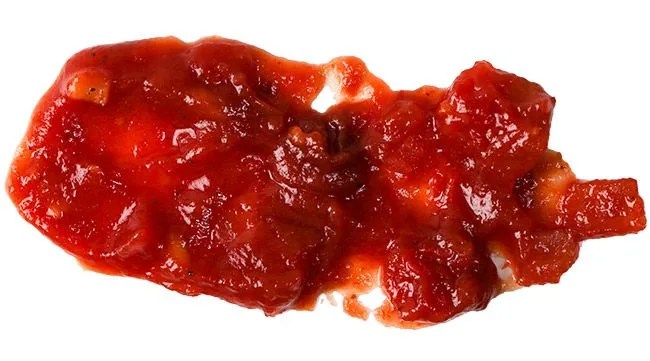Ketchup is not America’s most consumed condiment — a recent Euromonitor study shows that mayonnaise holds that title, handily. However, the sweet-and-savory red sauce is arguably the country’s most beloved condiment. It’s found in nearly every American diner, road-side burger joint and, according to Pure Ketchup: The History of America’s National Condiment by Andrew F. Smith, in 97 percent of American households. Ketchup is as American as cola, potato chips and even apple pie. Yet the condiment’s origins aren’t American at all. And what’s even more surprising: traditional ketchups didn’t even use tomato.
“If you go to a Vietnamese restaurant, they’ll serve a fermented fish sauce,” says Smith, author of the aforementioned book. “That’s what ketchup was probably originally like. Historically, a ketchup is a single ingredient that’s spiced, as opposed to a sauce, which, at least in theory, means multiple ingredients with spices.” According to Smith, the first ketchups were sauces made from fermented fish or fermented soy beans, which came from southeast Asia. In China they would have been called “kê-tsiap”, and in Malaysia they would have been called either “kechap” or “ketjap”.
“When canning, they’d cut out any rotten piece or blemished tomato, the core, whatever they didn’t like, and they’d throw all the remaining stuff into barrels to sit and ferment. That’s what they’d make into ketchup.”
In the 17th century, the British were introduced to ketchup while trading. They brought the fermented sauce back to England, and soon started experimenting with different types of ketchups: walnut, mushroom, oyster, lemon, celery, plum and peach. “The idea of ketchup is to preserve anything that’s in a large quantity at a particular time,” says Smith. Especially in a country like Britain, which has a short growing season and imports much of its goods, people had to find ways to preserve food for months.
While the British were turning various fruits, nuts and vegetables into ketchups, tomato ketchup didn’t really catch on until the mid-19th century (though according to the 2014 National Geographic article “How Was Ketchup Invented?” the first tomato ketchup recipe was made in 1812). Tomatoes were first imported from South America to Britain in the 16th century, but nobody ate them because they looked so much like nightshade berries, which were poisonous. It’s a touch ironic because tomatoes turned out to be very healthy. They contain an antioxidant called lycopene, which the American Institute for Cancer Research (AICR) believes may prevent various forms of cancers.
When the British finally started eating tomatoes, they also needed to start preserving them. There were two ways to do that 200 years ago: canning, or making the tomatoes into ketchup. The ketchup they were making wasn’t a premium product, though. “When canning, they’d cut out any rotten piece or blemished tomato, the core, whatever they didn’t like, and they’d throw all the remaining stuff into barrels to sit and ferment,” Smith says. “That’s what they’d make into ketchup.” Before the 20th century, many tomato ketchup manufacturers were also using harmful preservatives like boric acid, formalin and salicylic acid. When the British colonized America, they also brought the idea of ketchup.

